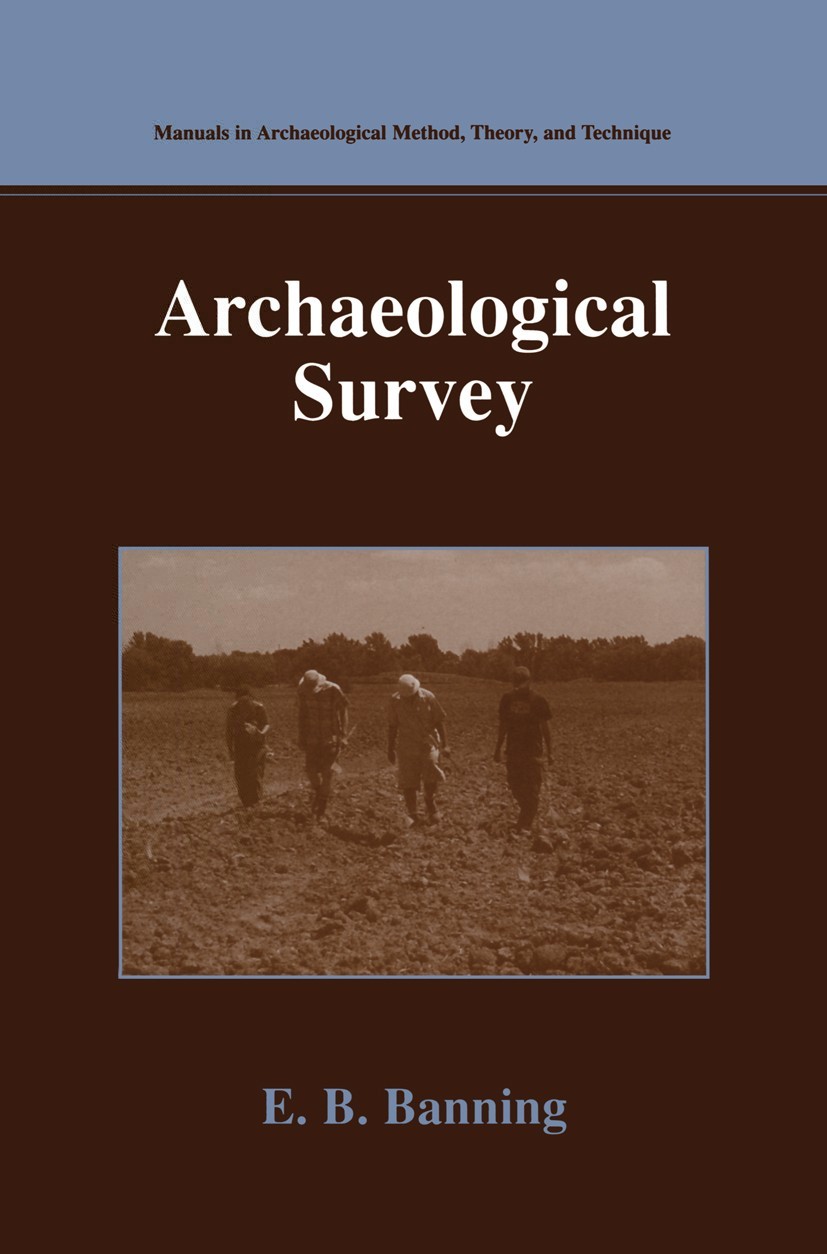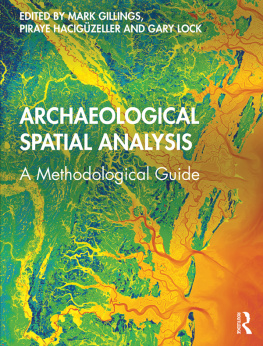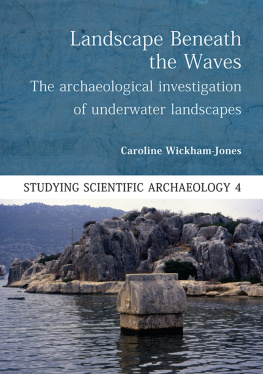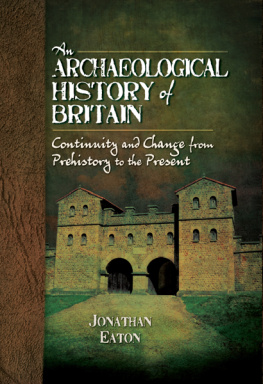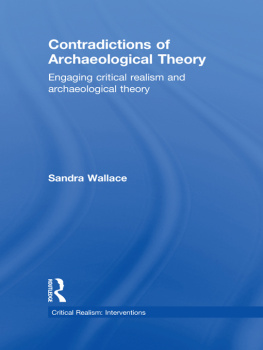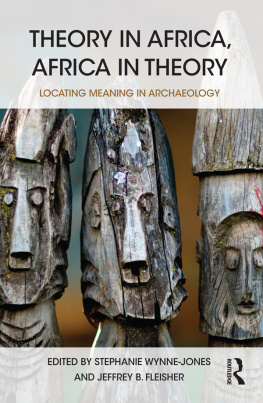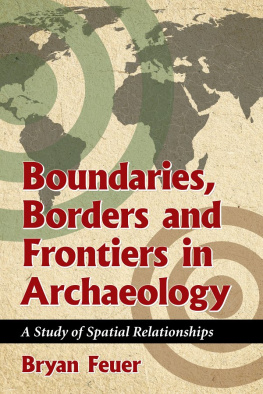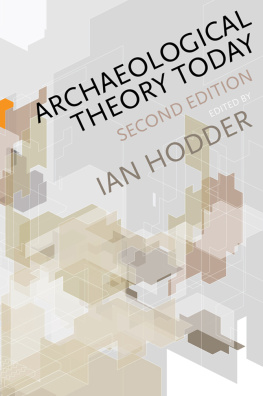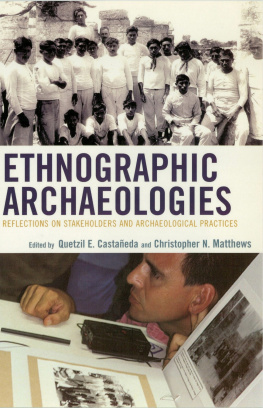One of the questions that non-archaeologists often ask us is how we find archaeological sites. Today we often provide a pat answer about random or systematic sampling, or perhaps about fieldwalking. This does not do justice to what archaeologists actually do, or to the body of theory and methods we have built up.
After decades of carrying out surveys with intuitive designs, in the 1960s some archaeologists began to deal more explicitly with the design of archaeological surveys. Some seminal articles on aspects of archaeological survey design followed over the next two decades but, unlike excavation methods, archaeological survey has received no comprehensive treatment that could serve as a guide to survey practitioners. The main purpose of this book is to fill this gap.
In addition, most archaeologists have been reluctant to discuss aspects of survey other than sampling and a few of the factors that influence detection probability. They have also almost completely ignored the large body of literature on search theory that cognate fields have generated. In an attempt to put archaeological survey on a consistent theoretical and methodological basis, I have drawn on research in archaeology, mathematical earth sciences, and operations research. This will result, I think, in some surprises for archaeologists, who have sometimes struggled to identify and understand survey problems that other fields had already studied intensively.
My own interest in archaeological survey began more than 20 years ago, when an invitation to join the staff of a survey in southern Jordan quite quickly threw me into the midst of debates over sampling, discovery probabilities, site significance, site definition, and other issues. A few years later, I also had a hand in designing a survey in the eastern Nile delta of Egypt. I thank Burton MacDonald and Carol Redmount for providing those opportunities. These, and my own survey project, which I started in northern Jordan about that time, exposed me to survey in stony deserts, dune areas, plowed fields, and even dense oak scrub and forest (yes, there actually are forests in the Middle East). In addition, these seasons of fieldwork forced me to learn from my mistakes. It quickly became obvious that cookbook solutions that were popular at the time were quite ineffective for achieving my objectives. No longer would I design a survey the way I did in the early 1980s.
From 1985 to 1987, I divided a post-doctoral fellowship between the University of Virginia and the University of Arizona, where I was able to focus on some of the problems I had been encountering with survey design and evaluation, and benefited from discussions with Steve Plog and Mike Schiffer. I thank them and a number of archaeologists who responded to a questionnaire I circulated at that time, for helping me formulate my trial solutions to some of these problems, and the Social Sciences and Humanities Research Council of Canada for supporting my post-doctoral project.
I also thank Ron Farquhar for introducing me to the geophysical perspective on survey and remote sensing at the University of Toronto. My interactions with him while I served as teaching assistant in a course on archaeometry led me to try to find a unified theory for archaeological survey, as applicable to fieldwalking for lithic scatters as to magnetometry. Eventually, this experience, and a discussion with Dave Lasby, led to my discovery that such theories had long been available in the search literature of mathematical geology and operations research.
I would like to thank Tony Wilkinson and Michael Mathers for their helpful comments on content; Margaret Bateman and Jennifer Sharman for help with the bibliography, index, and proofing; and Mike Schiffer and Charles Orser for inviting me to contribute this book.
Knowing that part of my audience would be CRM surveyors, and that my own experience was focussed on the Middle East, I also sometimes relied on discussions with Steve Monckton, Ron Williamson, Paul Racher, Chris Watt, Dana Campbell, and Jeff Bursey for their impressions of the problems of CRM survey in the Great Lakes region of North America. Over the years, I have also benefitted from discussions about survey with Cesare dAnnibale, Max Friesen, Peter Dawson, Lou Levine, Bill Cavanagh, Sally Stewart, Alicia Hawkins, and Dave Lasby. I would also like to thank Mark Pearce at University of Nottingham for introducing me to W. G. Clarkes 1922 guide to fieldwalking.
The organization of this book reflects my belief that good archaeological survey design must both anticipate the factors that affect the detectability of archaeological materials and facilitate the surveys objectives. Consequently, the main chapters following the introduction focus on influences on detectability and on three classes of survey that, I think, reflect the main goals that surveyors attempt to achieve. These are prospection, estimation, and the detection of spatial pattern. Certainly other classifications are possible, but I have found this a useful way to conceive of the differences between survey strategies and to resolve conflicts between site and non-site, and sampling and total survey. Other chapters deal with practical matters that are common to all types of survey or () to CRM surveys in particular.
The book is aimed at professional archaeologists and archaeological students who already have some familiarity with archaeological theory and methods. Some chapters explore mathematical aspects of survey design, but I would urge readers who find the mathematics tedious simply to focus instead on the substantive implications of the equations. Among these implications I would include:
It is indeed possible to find near-optimal geometries and distribution of effort for many kinds of survey.
Increases in survey effort often have diminishing returns.
Quantitative evaluation of a survey design and its results allows us to make realistic assessments about the proportion of targets the survey detected, about the extent of bias in their detection or in estimates of their parameters, and about the places where targets probably will and will not occur in as yet unsurveyed regions.
I have also provided some simple examples to illustrate how some of the more important equations work in practical situations.
Students with less background in archaeology might want to focus on the more general , and to read the survey sections of general introductions to archaeological fieldwork, such as Brian Fagans Archaeology: A Brief Introduction (1988), Jane McIntoshs The Practical Archaeologist (1986), or Robert Sharer and Wendy Ashmores Discovering Our Past (1996).
Some of the approaches I advocate in this book, I am sure, will seem to some readers too theoretical, too counter-intuitive, or too much of a departure from years of practical experience. Yet part of my argument below is that the knowledge and intuition of experienced practitioners should be integral to the survey design process. In addition, I hope I can convince you that we should not satisfy ourselves with boilerplate surveys and cookie-cutter shovel-test intervals, just because they are easy for bureaucrats or developers to understand or because they provide a level playing field.
